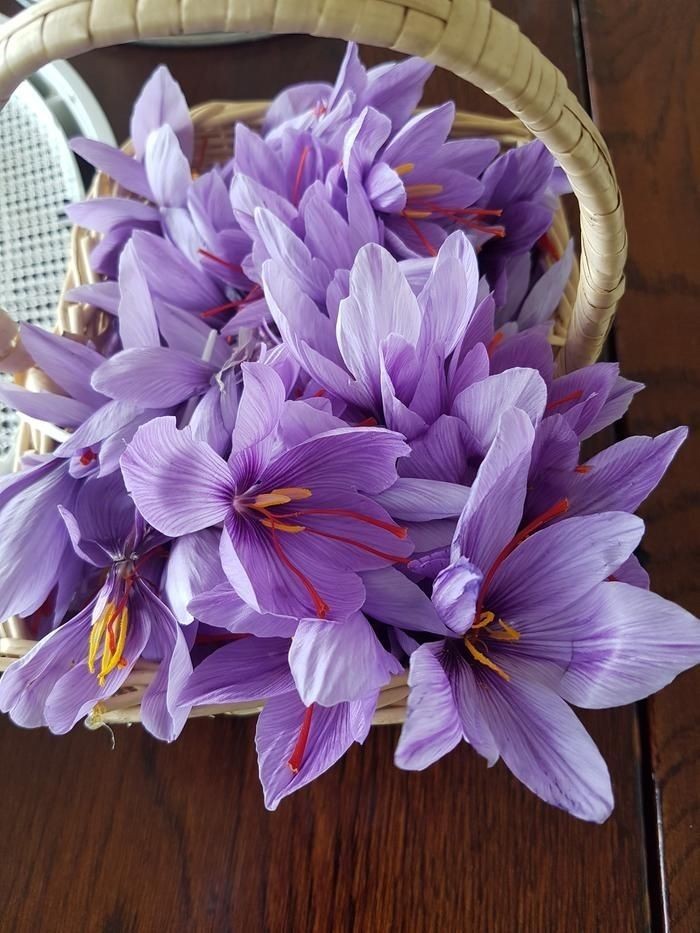Categories
The latest content
-

Customs Clearance & Import Regulations for Bulk Iranian Pinto Beans in EU, Middle East & Africa
..
-
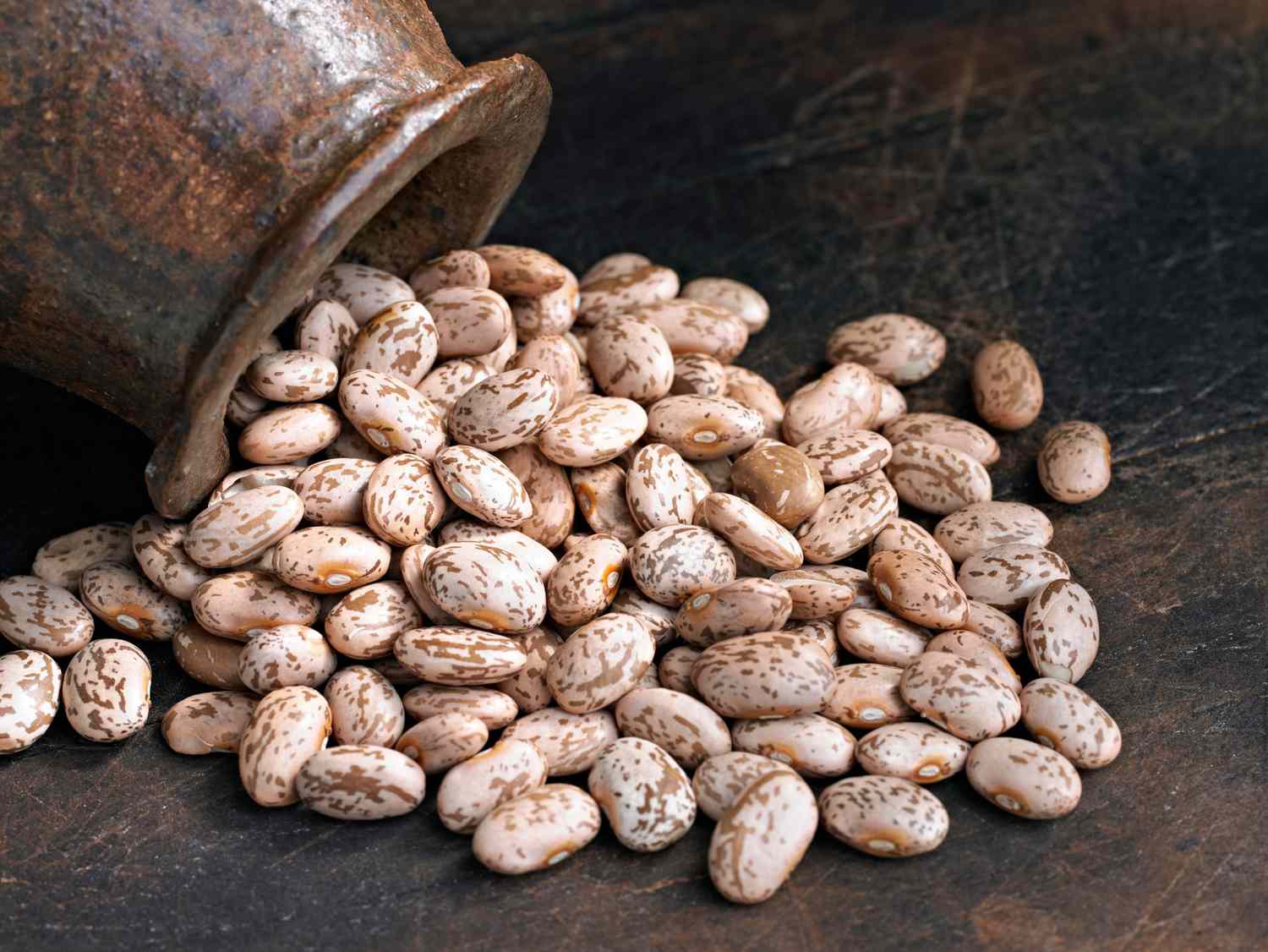
Quality Control & Laboratory Testing Standards for Iranian Pinto Beans
..
-
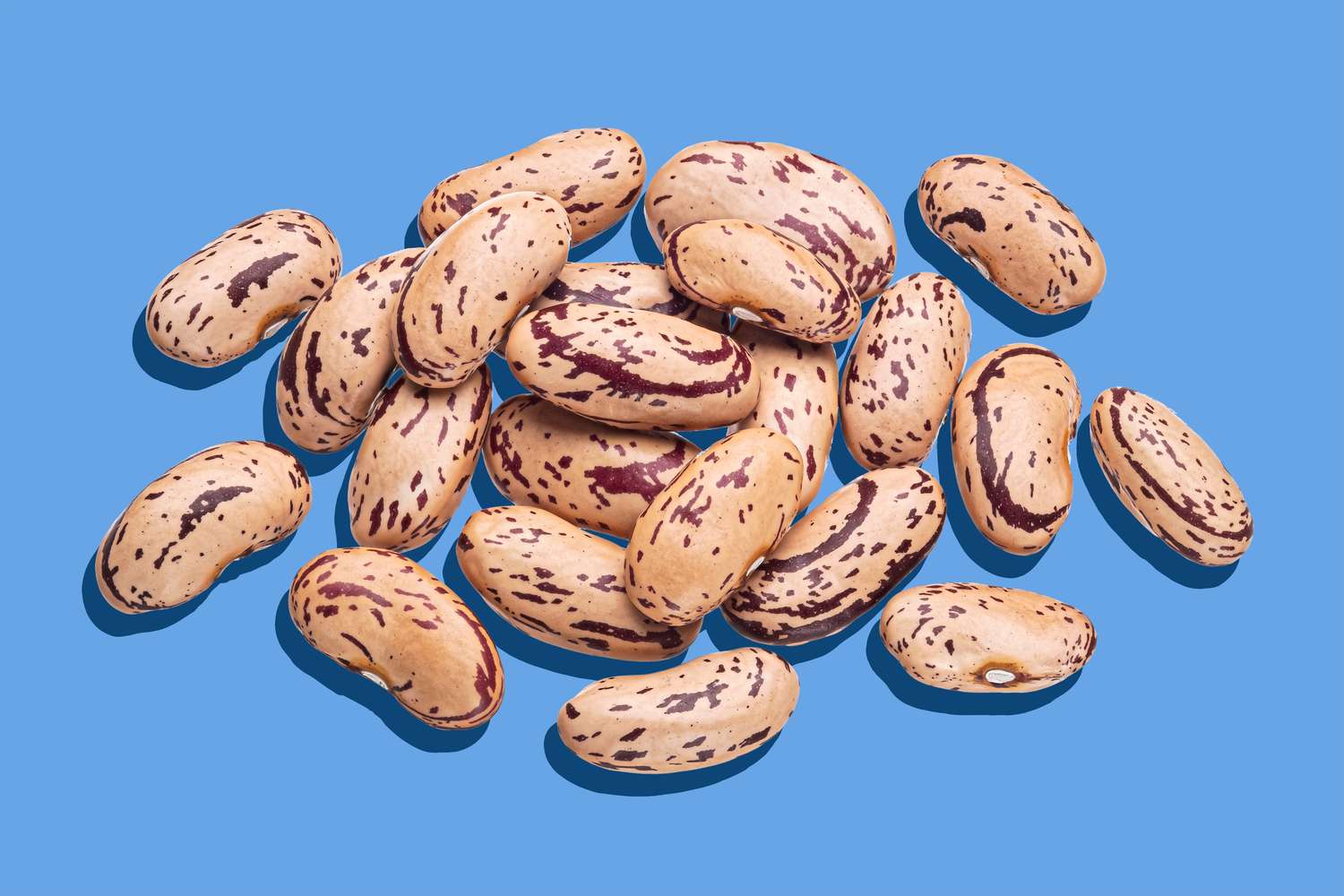
Logistics & Shipping Solutions for Bulk Iranian Pinto Bean Exports
..
-
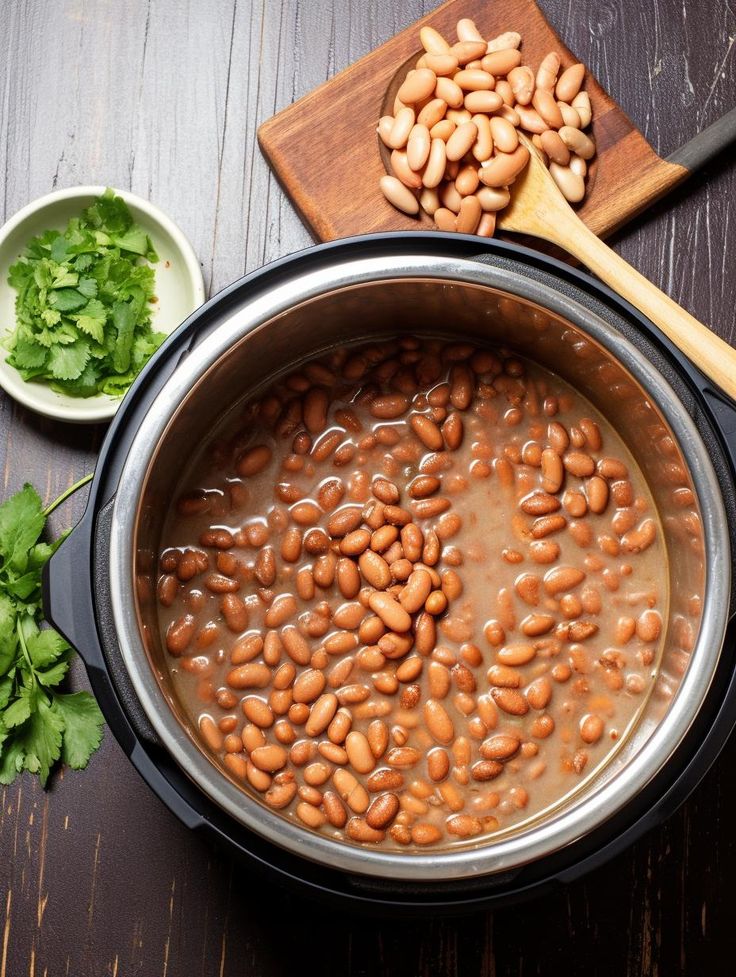
Minimum Order Quantity (MOQ) & Bulk Pricing for Iranian Pinto Bean Buyers
..
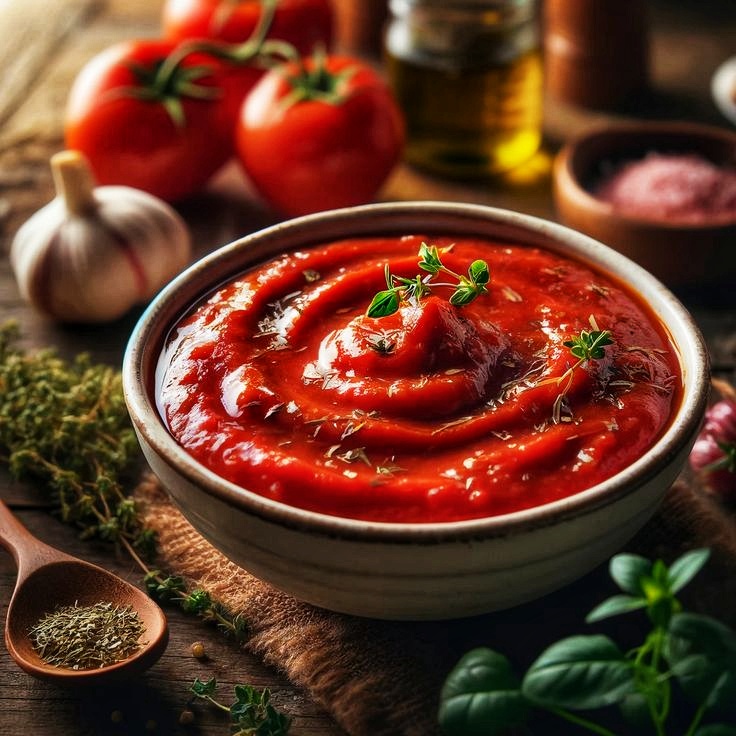
Tags
The Art of Tea Cultivation in Iran: A Tradition Steeped in Culture
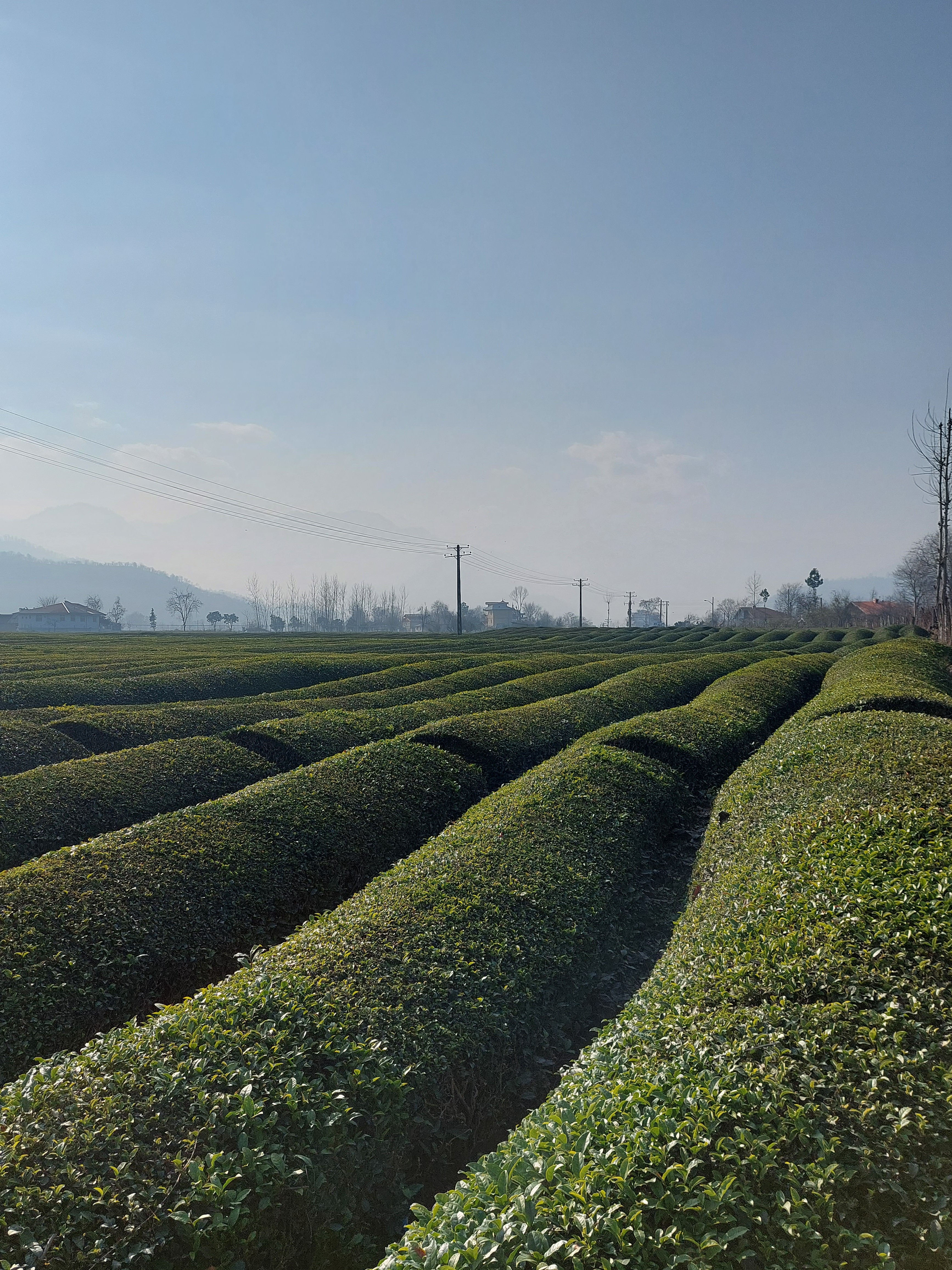
Tea is more than just a beverage in Iran; it is a ritual, a symbol of hospitality, and an integral part of Iranian culture. With a history of tea cultivation that dates back to the 19th century, Iran has become one of the world’s notable producers of high-quality tea. This post explores the rich tradition of tea cultivation in Iran, the unique growing regions, and the enduring cultural significance of tea in Iranian life.
The Cultural Significance of Tea in Iran
In Iran, tea, known as “chai,” is often served to guests as a gesture of hospitality, accompanied by traditional sweets and pastries. The experience of enjoying tea is a cherished social activity, bringing family and friends together. From the bustling tea houses of Tehran to the intimate gatherings in rural homes, tea is woven into the fabric of Iranian society.
Major Tea-Producing Regions
Iran boasts several distinct tea-growing regions, each contributing to the diversity of flavors and varieties produced:
• Gilan Province: Located on the lush shores of the Caspian Sea, Gilan is the heart of Iran’s tea cultivation. The region’s humid climate and rich soil provide ideal conditions for growing tea, resulting in high-quality leaves with a robust flavor.
• Mazandaran Province: Just south of the Caspian Sea, Mazandaran is another important tea-growing area, where tea estates flourish amidst picturesque landscapes. The high altitude and fertile ground yield aromatic teas that are popular both domestically and internationally.
The Tea Cultivation Process
1. Planting: Tea plants, predominantly of the Camellia sinensis species, are planted in rows on terraced hillsides to maximize sun exposure and drainage. Young plants take several years to mature before they can be harvested.
2. Harvesting: The tea leaves are hand-harvested, usually during spring and early summer. Only the tender, young leaves and buds are picked to ensure the best flavor profile—a practice that requires skill and precision.
3. Withering: After harvesting, the leaves are spread out to wither, allowing moisture to evaporate. This step is crucial for developing the leaves’ flavor.
4. Rolling: The withered leaves are then rolled to break the cells and release essential oils, contributing to the tea’s aroma and taste.
5. Fermentation: Depending on the type of tea being produced (black, green, or herbal), the leaves undergo varying degrees of fermentation, a process that significantly affects the flavor and color of the final product.
6. Drying: Finally, the tea leaves are dried to halt the fermentation process, preserving their quality and preparing them for packaging.
Sustainability and Challenges
Tea cultivation in Iran is not without its challenges. Issues such as changing climate conditions, water scarcity, and pest infestations can impact production. However, Iranian tea farmers are increasingly adopting sustainable practices to combat these challenges:
• Organic Farming: Many tea producers are adopting organic farming techniques, eliminating harmful pesticides and chemicals, and promoting ecological balance.
• Water Management: Efficient irrigation practices are being implemented to conserve water and ensure sustainable tea production.
• Research Initiative: Iranian agricultural research organizations are focused on developing disease-resistant tea varieties and improving cultivation methods to enhance yield and sustainability.
Conclusion
Tea cultivation in Iran is a beautiful blend of tradition, culture, and sustainable farming practices. With its rich history and commitment to quality, Iranian tea continues to hold a special place in the hearts of millions.
At Tamila Agrifood Company, we are proud to offer premium Iranian tea that embodies the essence of this remarkable heritage. Experience the rich flavors and soothing aromas of our carefully sourced teas and be part of the centuries-old tradition that brings people together, one cup at a time.



